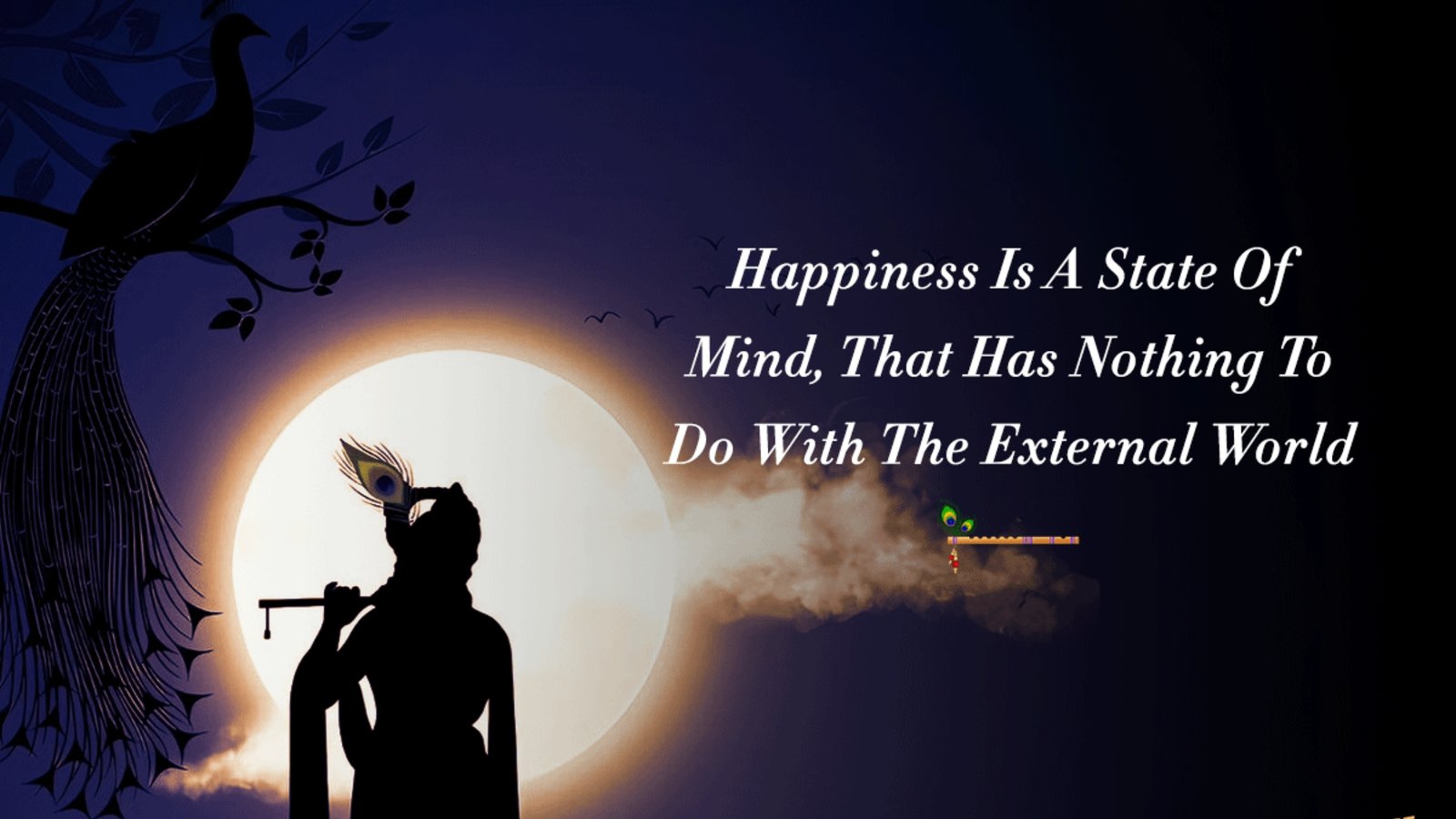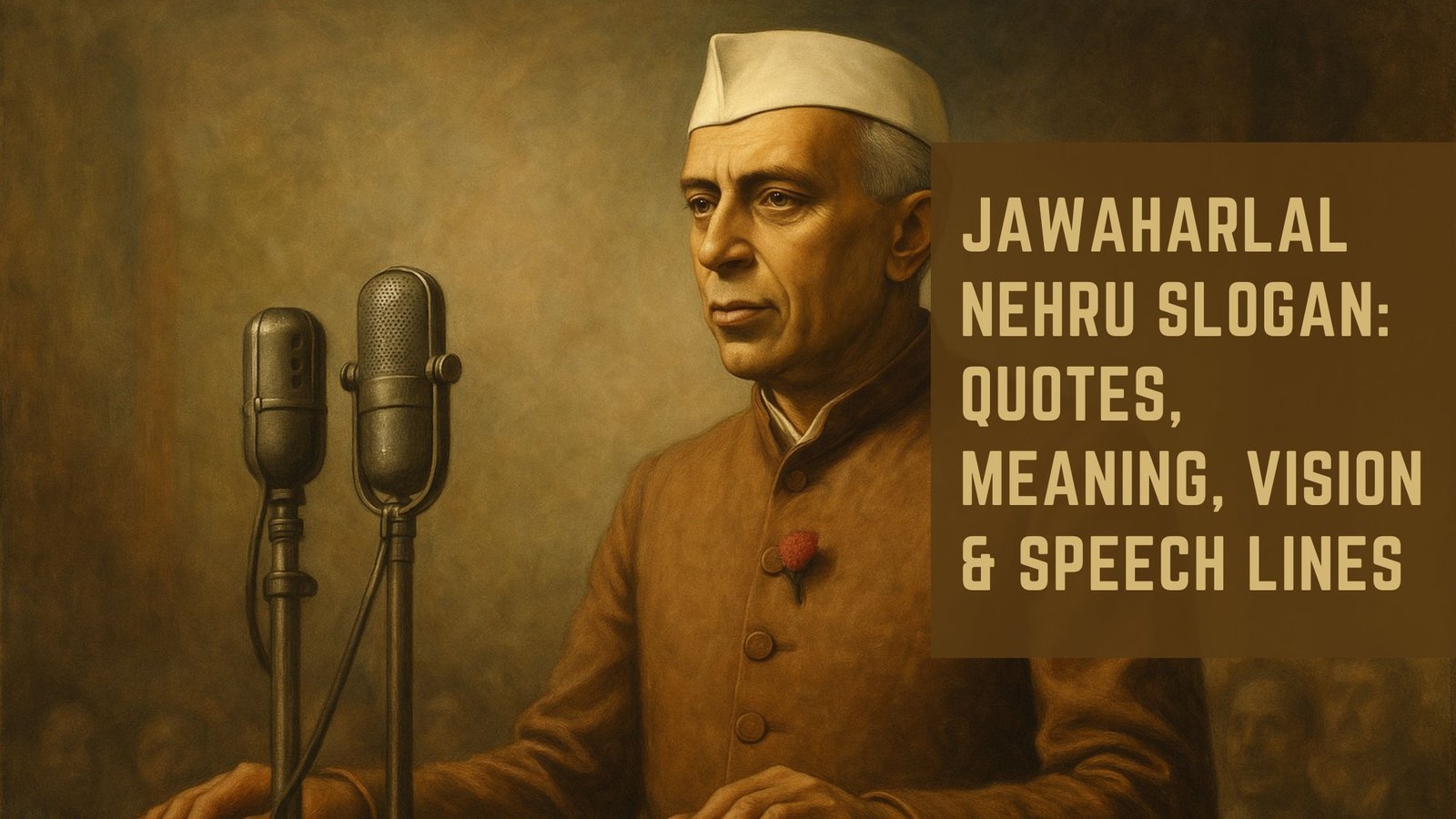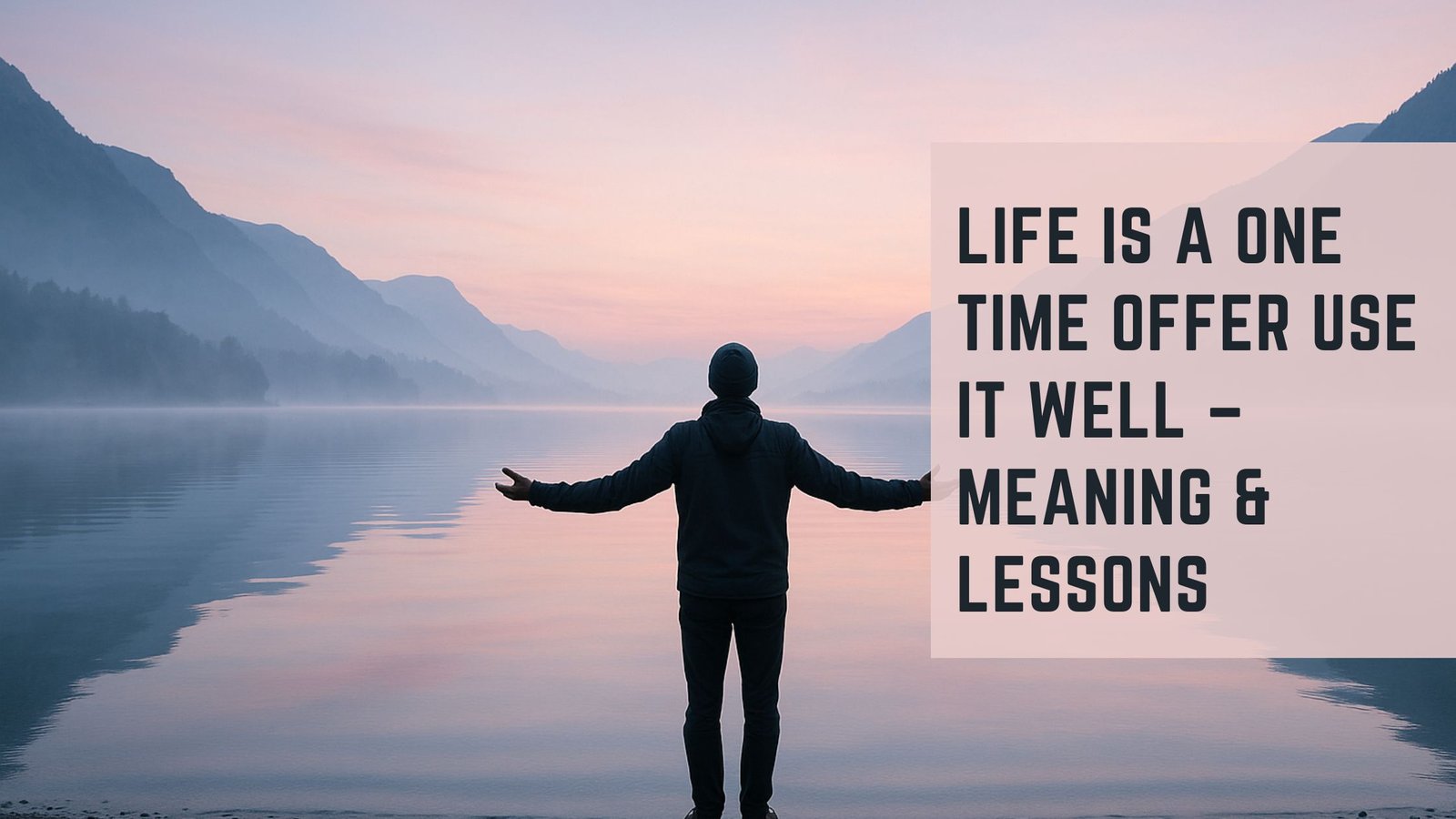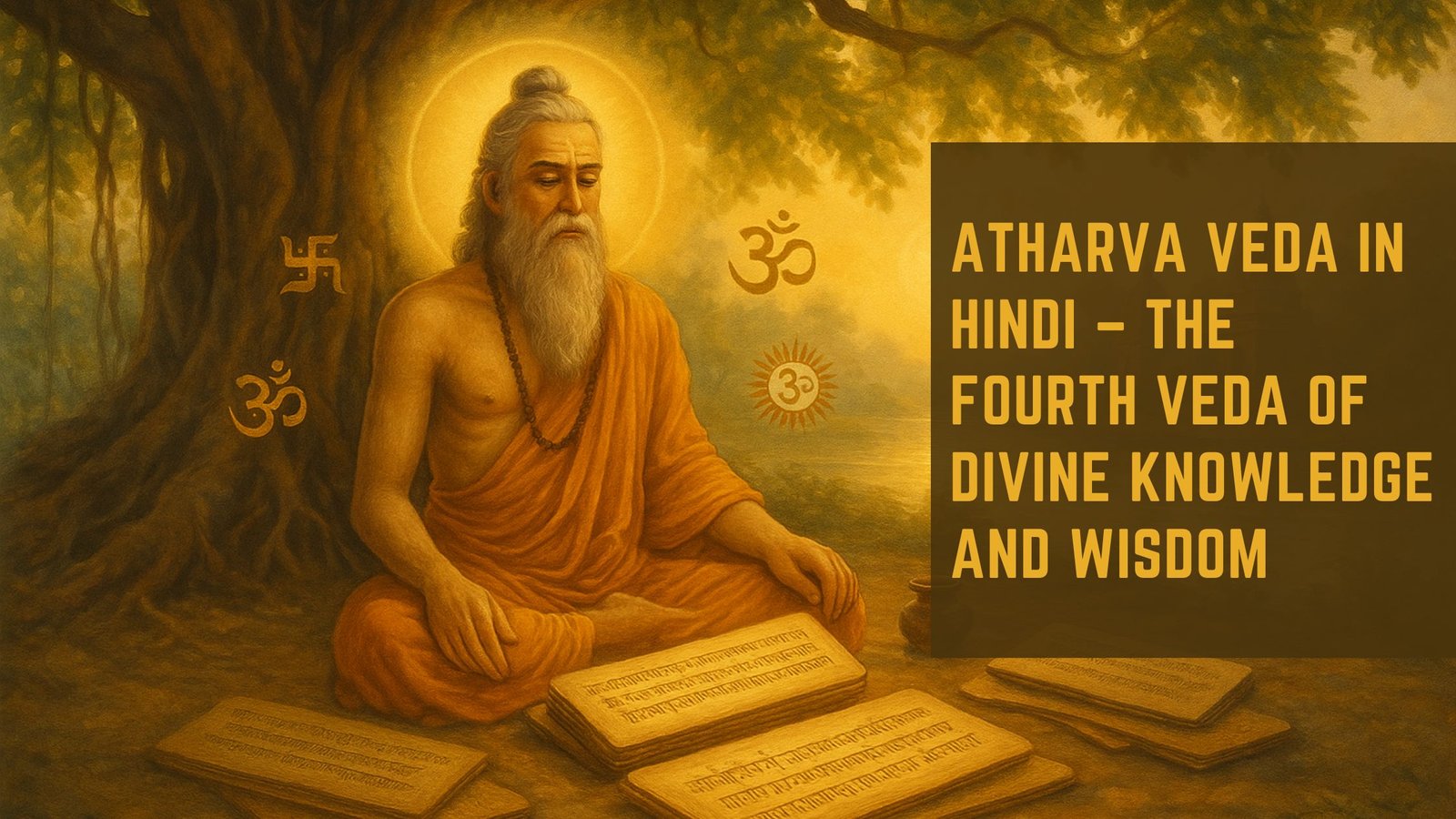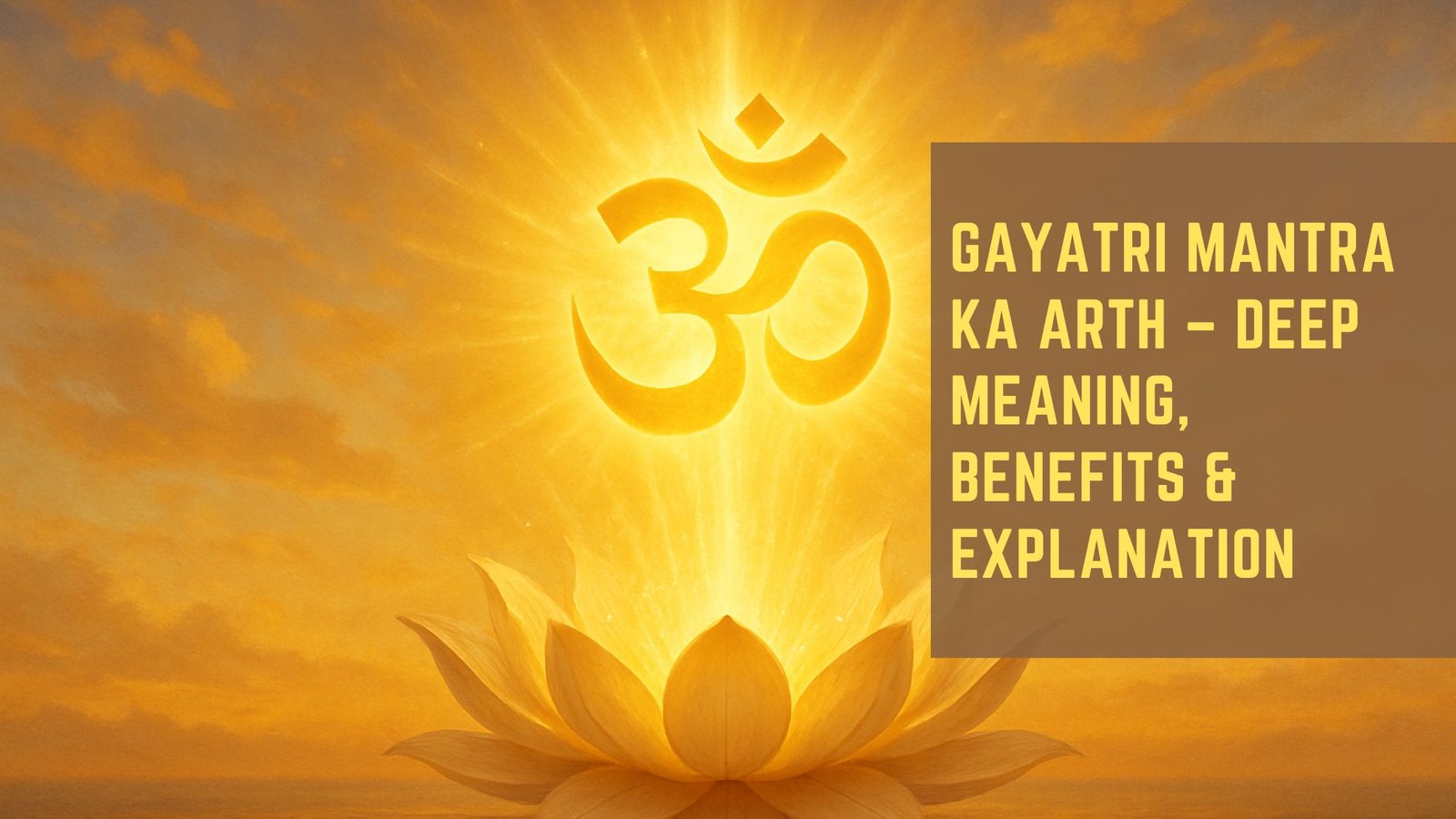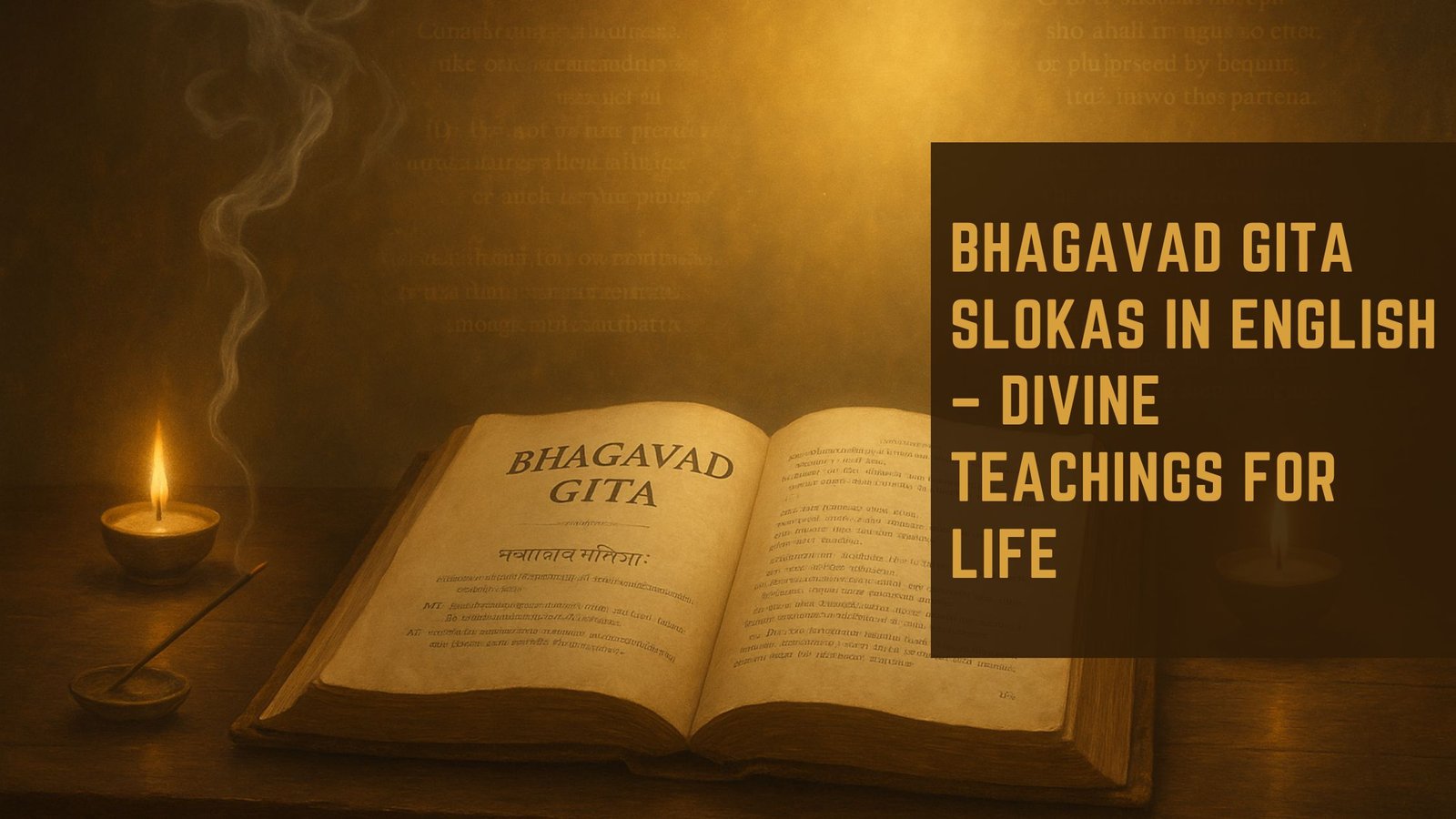Inner Peace is the foundation of a happy and meaningful life. In today’s fast-paced world, where stress and anxiety have become common, finding this state of tranquility has become more important than ever. It is not about escaping from reality but about creating a mindset that allows us to navigate life’s ups and downs with calmness and clarity. This blog explores the concept of mental peace, its importance, and practical ways to achieve it. Additionally, we will discuss powerful quotes about serenity in different languages and their profound meanings.
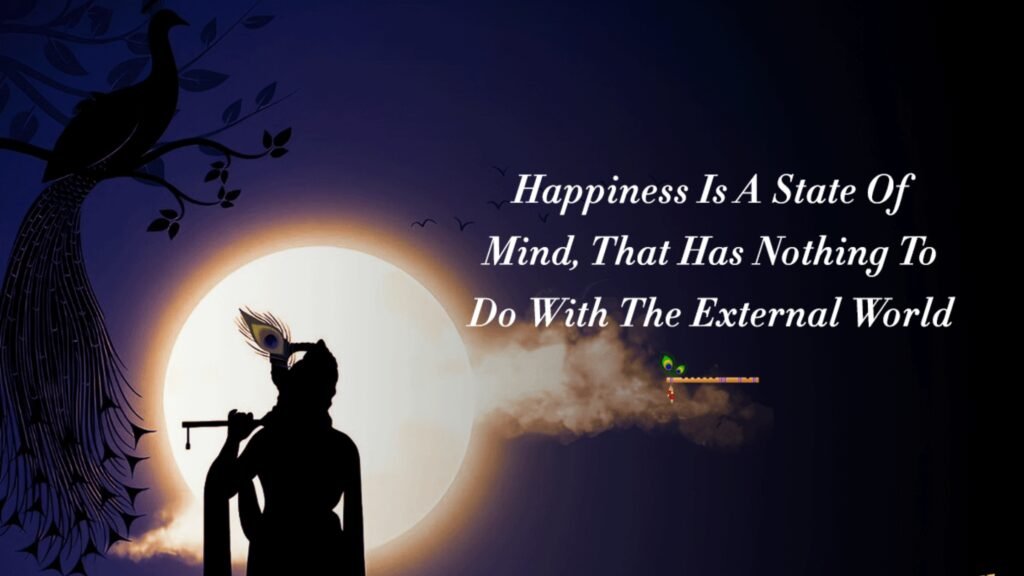
What is Inner Peace?
Inner Peace, also known as mental peace or tranquility, is a state of calmness and contentment, regardless of external circumstances. It is the ability to remain composed and unshaken despite challenges and uncertainties. Inner Peace is not about a life free from problems but about how we respond to them.
Why is Inner Peace Important?
- Reduces Stress and Anxiety: When the mind is at peace, it minimizes overthinking and reduces stress.
- Improves Emotional Health: A peaceful mind leads to better emotional regulation, reducing anger and frustration.
- Enhances Decision Making: With a calm mind, decisions are made more rationally and effectively.
- Boosts Overall Well-being: It improves sleep quality, boosts immunity, and enhances overall health.
- Strengthens Relationships: A peaceful individual fosters better communication and understanding with others.
Ways to Achieve Inner Peace
1. Practice Mindfulness and Meditation
Mindfulness is the practice of being fully present in the moment without judgment. By paying attention to our thoughts, feelings, and surroundings, we develop a heightened sense of awareness. Meditation, on the other hand, trains the mind to focus and redirect thoughts, reducing stress and anxiety. Engaging in regular meditation can help achieve mental clarity, emotional stability, and overall well-being.
2. Let Go of What You Cannot Control
A significant source of stress comes from worrying about things beyond our control. Instead of resisting life’s uncertainties, embracing them can lead to emotional freedom. Learning to accept the natural course of events and focusing only on what can be changed helps cultivate resilience and adaptability.
3. Develop Gratitude
Practicing gratitude shifts attention from what is missing in life to what is already present. Keeping a gratitude journal, where daily blessings and positive experiences are recorded, fosters contentment. Recognizing even small joys, like a kind gesture or a beautiful sunset, brings a sense of fulfillment and reduces negative emotions.
4. Surround Yourself with Positivity
The environment we immerse ourselves in greatly influences our mindset. Spending time with supportive people, engaging in uplifting conversations, and participating in joyful activities contribute to emotional stability. Eliminating negativity from relationships, social media, and entertainment choices also helps maintain a balanced perspective.
5. Engage in Self-care
Self-care involves taking deliberate actions to nurture physical, emotional, and mental health. Regular exercise releases endorphins, improving mood and reducing stress. A well-balanced diet provides the necessary nutrients for brain function, while hobbies and creative outlets offer a break from routine pressures. Prioritizing rest and leisure ensures long-term well-being.
6. Forgive and Let Go
Harboring resentment only leads to inner turmoil. Forgiveness is not about condoning harmful actions but about freeing oneself from the burden of past grievances. Letting go of anger and bitterness allows for emotional healing, making room for compassion and personal growth. Practicing empathy and understanding different perspectives fosters stronger relationships.
7. Live in the Present Moment
Dwelling on the past or worrying about the future distracts from experiencing life as it unfolds. Practicing mindfulness, engaging in deep breathing, or simply enjoying everyday moments helps cultivate awareness. Whether eating a meal, listening to music, or spending time with loved ones, fully immersing in the present enhances appreciation and clarity.
8. Practice Deep Breathing and Relaxation Techniques
Breathing exercises help calm the nervous system and reduce stress. Techniques such as diaphragmatic breathing, progressive muscle relaxation, and guided visualization promote relaxation. Yoga and tai chi combine physical movement with mindful breathing, improving both mental and physical health. Incorporating these practices into daily routines fosters long-term emotional balance and stability.

Inspirational Quotes on Inner Peace in Different Languages
1. Hindi:
“शांति को बाहर बाहर मात्र में नहीं ढूंढिया जा �938कता है, यह आपके मन के अंदर होता है।” — गौतम बुद्ध
Translation: “Peace comes from within. Do not seek it without.” – Gautam Buddha
2. Punjabi:
“शांति सिर्ड़फ़ दी प्यासी है। इस नूं बारी दी शायर नालो।” — ਗੁਰੂ ਨਾਨਕ
Translation: “Peace lies in self-realization. Do not search for it outside.” – Guru Nanak
3. English:
“The life of Inner Peace, being harmonious and without stress, is the easiest type of existence.” – Norman Vincent Peale
This quote emphasizes that when we cultivate Inner Peace, our life becomes more effortless and joyful.
The Role of Spirituality in Inner Peace
Many people find a sense of tranquility through spirituality and faith. Spirituality does not necessarily mean religious practice; rather, it encompasses any belief system or practice that fosters a deep connection with oneself and the universe. Whether through prayer, chanting, meditation, or engaging in acts of kindness, spirituality provides comfort and a sense of purpose. It helps individuals develop inner strength, offering guidance in times of uncertainty. By surrendering worries to a higher power or embracing a philosophy of acceptance, many people experience emotional healing and clarity.
Spirituality also promotes self-reflection and mindfulness, encouraging a deeper understanding of emotions and thoughts. Engaging in spiritual practices like yoga, reading sacred texts, or participating in community service nurtures inner harmony. Ultimately, it provides a foundation for mental stability, allowing individuals to navigate life’s challenges with greater resilience.
Challenges in Attaining Inner Peace
Despite our best efforts, maintaining a state of calm and balance can be difficult due to the demands of modern life. Work pressure, financial concerns, social expectations, and personal struggles can create obstacles in achieving mental tranquility. Negative thoughts, unresolved conflicts, and past traumas may also interfere with a peaceful mindset.
One of the biggest challenges is dealing with uncertainty. The fear of the unknown can lead to anxiety and stress, disrupting emotional balance. Additionally, societal influences often encourage competition and materialism, making it harder to appreciate simple joys and live in the present moment.
However, with consistent practice, resilience can be cultivated. The key to overcoming these challenges lies in self-awareness and persistence. Regular meditation, self-care, gratitude, and conscious detachment from negativity help in sustaining emotional stability. Recognizing triggers, setting healthy boundaries, and engaging in stress-relieving activities further contribute to long-term well-being. Achieving mental balance is a journey that requires patience, but by prioritizing inner harmony, individuals can lead more fulfilling and content lives.
Conclusion
Inner Peace is not a destination but a journey. By incorporating mindfulness, gratitude, self-care, and spiritual practices, we can cultivate a more peaceful and fulfilling life. As we strive for Inner Peace, we not only improve our own well-being but also contribute to a more peaceful world.
In the words of Lao Tzu, “If you are at peace, you are living in the present.” Start your journey towards Inner Peace today and experience the true joy of life. To know more visit The Gita.
